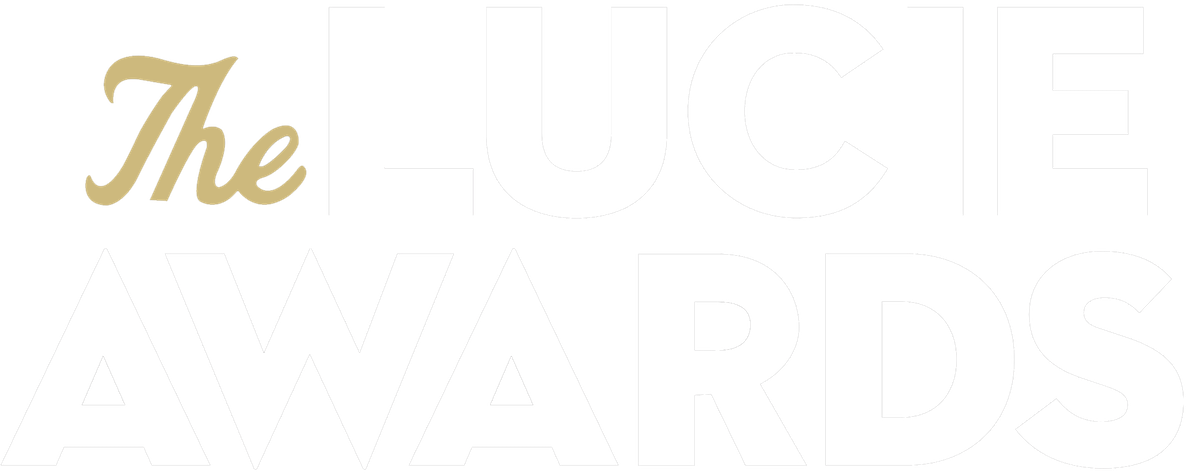
James Drake
2010 Honoree / Achievement In Sports Photography
JAMES DRAKE’s love of sport began in high school where he was a star sprinter and hurdler on the track team, and his love of photography also began in high school when his parents gave him a leica camera for his birthday. It wasn’t long before photography overtook track as his main interest and of course the ideal subject matter for that camera was sport.
After graduating from the University of Pennsylvania with a degree in English and Journalism and two years in the Army he landed his first job in photography with The Trentonian newspaper in Trenton, NJ where his assignments ran the gamut of just about everything except sports. Sport eluded him on his second job with a local travel and culture magazine but now the experience gained as a professional photographer was invaluable.
In 1959 Drake received his first assignment from Sports Illustrated, and slowly began to build his relationship with the magazine. By 1960 he was shooting for Sports Illustrated on a regular basis as well as other magazines, including the Saturday Evening Post and Life Magazine. A few years later Sports Illustrated put Drake under contract where he stayed until 1980 when he left to become picture editor and chief photographer for Newsweek’s Inside Sports. He returned to Sports Illustrated in 1986 and stayed until 1990 when he left to freelance for ABC TV as picture editor and photographer.
Over the years there were the Olympics, World Series, Masters Golf, etc., but Drake most preferred the feature side of sports photography. Among his many profile takes were Mickey Mantle, Joe Namath, Arnold Palmer, Steve McQueen, Jack Nicklaus, Jim Brown, Wilt Chamberlain, Joe Paterno and two presidents, Gerald Ford and Ronald Reagan.
His photographs, both sports and non-sports have been published in numerous books including a tribute to his hometown, Philadelphia “The Intimate City” published by Viking Press. He won a Page One Award for his coverage of the 1980 Moscow Olympics and recently first prize in a National Arts Award program. Retired from the assignment trail, he now finds time to concentrate on his personal work and exhibits frequently in local galleries.
